Is Kratom Safe to Use?

What Is Kratom? Uses, Side Effects and Safety
Mitragyna Speciosa, commonly called kratom, is a plant in the coffee family that grows in Southeast Asia. The plant is made up of 40+ alkaloids, of which Mitragynine can be the primary alkaloid and the most abundant active alkaloid. The veins of the kratom leaves are distinct and vary in color from a light yellow to deep green and brownish red. People across Southeast Asia have been using these leaves for centuries. It has been traditionally used to help with pain and energy by those doing strenuous labor. It has also been traditionally brewed into an herbal tea for relaxation.
In modern times, kratom tablets are used for several reasons, such as alleviating temporary discomfort, restore natural energy levels, increase focus, improve mood, and help with relaxation and promoting calm.

Kratom Toxicology
To determine if the plant mitragyna speciosa, more commonly known as kratom, is kratom dangerous, we look to existing data on toxicity. We also look at parallels and comparisons to determine reasonable safety. At some point absolutely everything (even good’ole H2O) becomes too much and can be toxic.
There are a handful of research papers that reference mitragynine or kratom alkaloid extracts which were used to determine LD50 toxicity in animals. Lethal dose (LD50) is the amount of an ingested substance that kills 50 percent of a test sample. It is expressed in mg/kg, or milligrams of substance per kilogram of body weight. In other words, how much (milligrams) of a substance does it take to potentially kill you per weight (kilogram). The higher the LD50 number, the safer the substance as it takes more of it to be harmful.

The pharmacology book, Kratom and Other Mitragynines by Raffa, cites acute liver toxicity in rats at higher doses of 1000 mg/kg of mitragynine extract, but no axons or dendrites toxicity (brain cells are fine!). A comparative safety risk assessment study for alkaloid extract of Malaysian Mitragyna Speciosa, estimated acute toxicity at 477 mg/kg for mitragynine. For comparison, caffeine is 140 mg/KG and aspirin is 200 mg/KG. It takes more than twice as much mitragynine to be dangerous versus aspirin and 3-4 times more mitragynine than caffeine.
For a person weighing about 150 lbs, the amount of pure kratom alkaloids where it is toxic is about 40 grams a day. Keep in mind that when you are using 100% whole-leaf kratom (like with ETHA Natural Botanicals), about 2% of the leaf is made up of alkaloids. So, the toxic amount is over 2,000 gram a day of kratom leaf. A typical person uses 2.5 to 9 grams a day…no where near a dangerous amount.

If typical use is 2.5-9 g kratom a day for an average 150 lbs. (68 KG) human and mitragynine is ~1% in the dried leaves (typical total alkaloids are 0.5-1.5%) this means that a typically person uses ~0.37 -to- 1.33 mg/kg, WAY, WAY below 477 mg/KG limit for mitragynine! You’d have to use over 3,000 grams of kratom (typical use is 2.5-15 grams) to be toxic!
Learn more: How Much Kratom to Use
Kratom Side Effects
Is kratom safe? Along with kratom’s main use of alleviating symptoms of pain, it is also known to have other effects. This depends on the alkaloid distribution in a particular kratom harvest. People can experience an increase in energy, focus, reduction in inflammation, muscle relaxation, or tension release.† While there are many positive benefits with kratom, there are some reports of minor and temporary negative side effects. According to an anonymous survey conducted by the College of Pharmacy, Department of Medicinal Chemistry at the University of Florida of 8,049 current kratom consumers, only 51 or less than 1% (.65%) of the 8,049 respondents reported any negative side effects. The side effects were temporary nausea, constipation, and drowsiness or dizziness. The side effects did not last and subsided within the first 30-60 minutes. No one reported any lasting negative impact from kratom use.
Learn more: Where to buy online kratom

Although the negative effects of kratom, mentioned above, were temporary and minor, we shall still address and discuss two major negative side effects associated with opiates. To which kratom is often compared.
Kratom Addiction and Tolerance
Kratom’s bio-active alkaloids are different from opioids. There are three opioid receptors that help manage pain: µ (Mu), δ (Delta), and κ (Kappa) opioid receptors. Opioids can be agonist on all three receptors which means they activate all of them. When all three receptors are activated, dopamine is released creating euphoria and reinforcing the need for more of the same chemical that activated the receptors. The increase in dopamine and resulting euphoria can create addiction.
Kratom is different in that it’s main alkaloid, mitragynine, is only a partial agonist on the Mu receptor. This means that mitragynine activates the receptor to create analgesic effects or pain relief, but does not aggressively bind to the receptor. Also, mitragynine may be an antagonist to the Delta and Kappa receptors which means it blocks those receptors. The Kappa receptor manages dopamine and serotonin. Mitragynine’s ability to block the Kappa receptor can limit the chemical reward of using kratom and thereby prevent addiction. The Delta receptor rewards the use of the Mu receptor. So again, blocking it prevents dopamine and serotonin from flooding your system.

Another way opioids are different from kratom’s alkaloids is the way they impact tolerance buildup. Opioids can recruit beta arrestins to the opioid receptors. This makes it harder and harder to activate them unless you use more of the drug. This is one of the ways the brain protects itself from foreign influences like opioids. The main alkaloid in kratom, mitragynine, does NOT recruit beta arrestins. This means you can use about the same amount of kratom with similar effects over time. The issue of tolerance buildup you find with synthetic opioids is not typical with pure, all-natural kratom. Addiction and withdraw, which we commonly associate with opioids, are not typically associated with all-natural kratom use.
ETHA Difference: Quality and Safety

Although pure kratom leaves can be safe especially when used responsibly, this does NOT mean that ALL kratom being sold is safe. Too many times, vendors and suppliers distribute kratom that has adulterants, contaminants like salmonella, or dangerous levels of heavy metals. Local pollution and a lengthy and convoluted supply chain contribute to these dangerous practices. That is why it is so important for vendors to thoroughly test their kratom before making it available. Make sure your vendor tests for heavy metals, adulterants, and validating kratom purity (no fillers, other plants, or chemicals) and treating their kratom for potential contaminants. Therefore, if you want peace of mind, go with ETHA Natural Botanicals Kratom products.
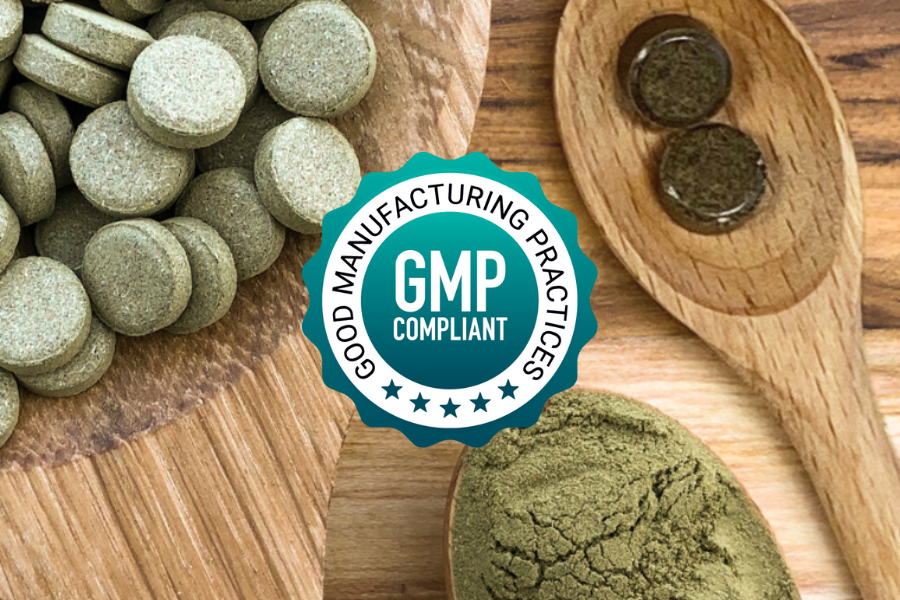
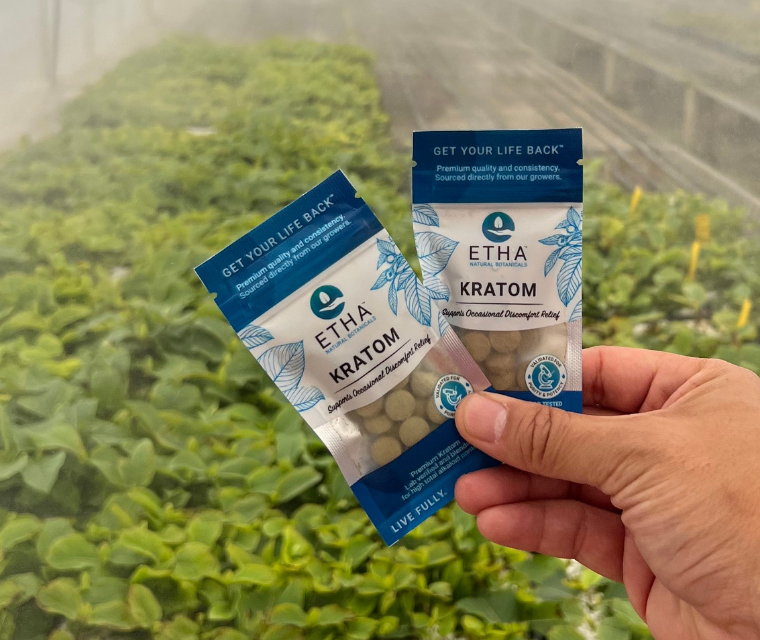
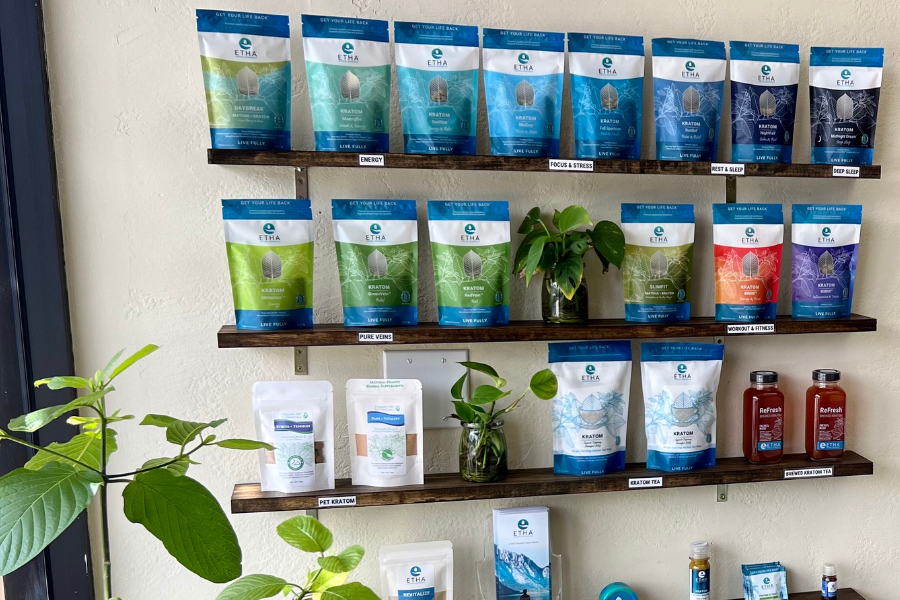
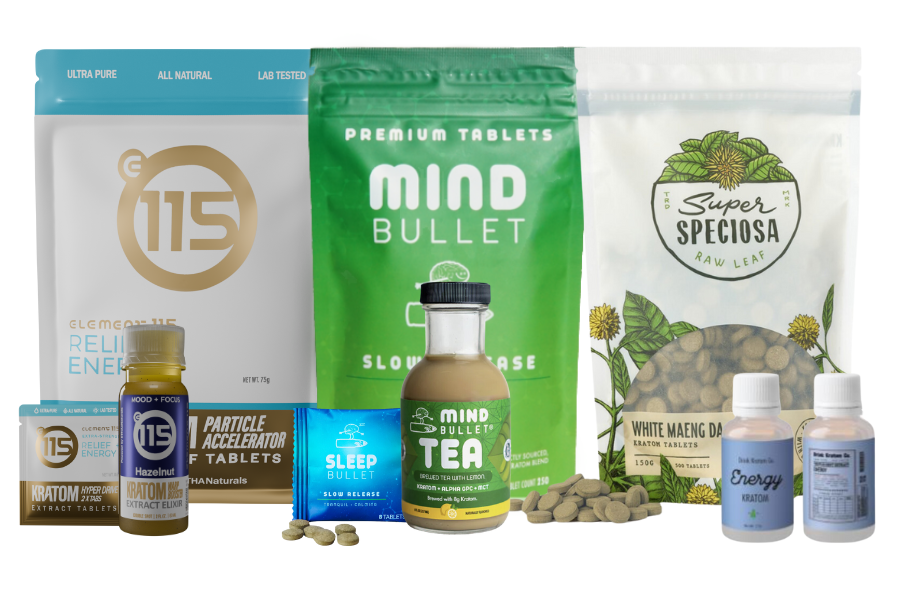



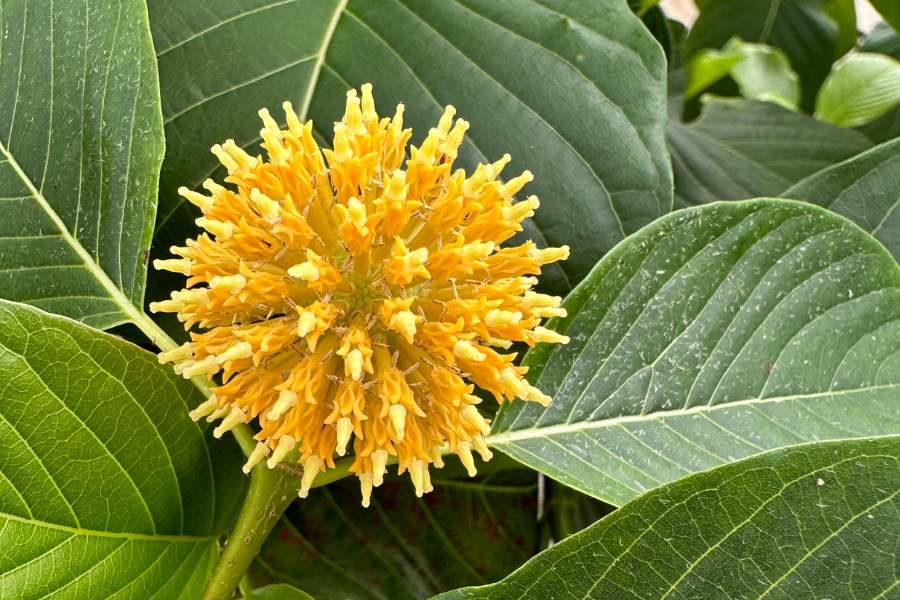




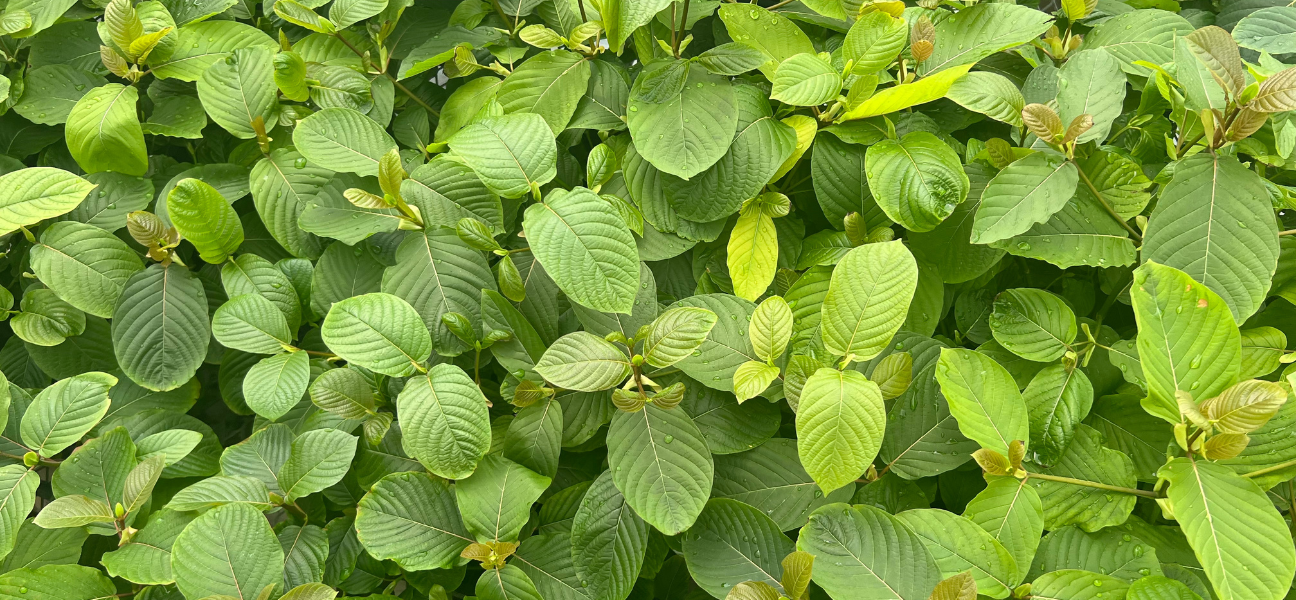
Leave a comment